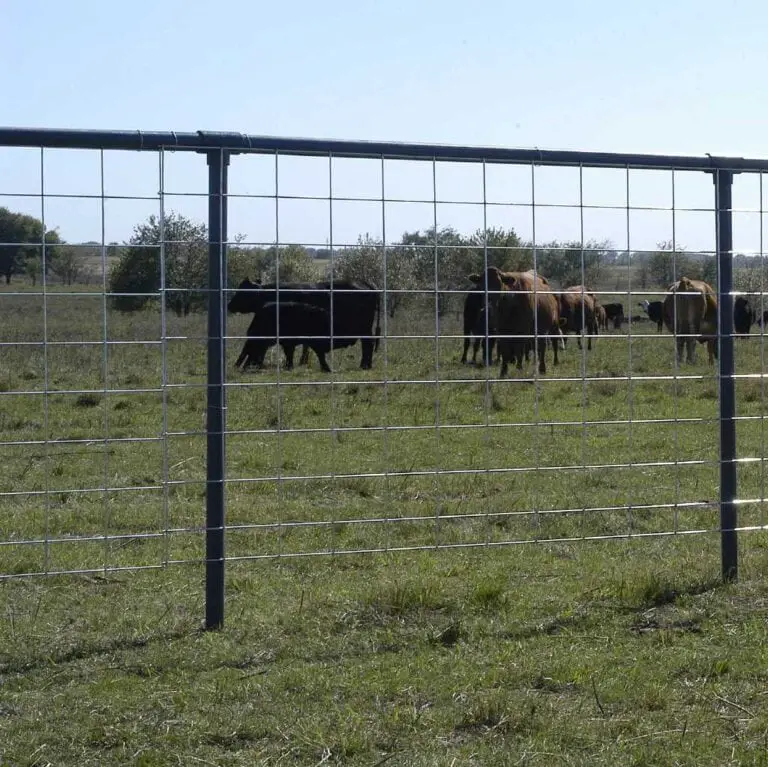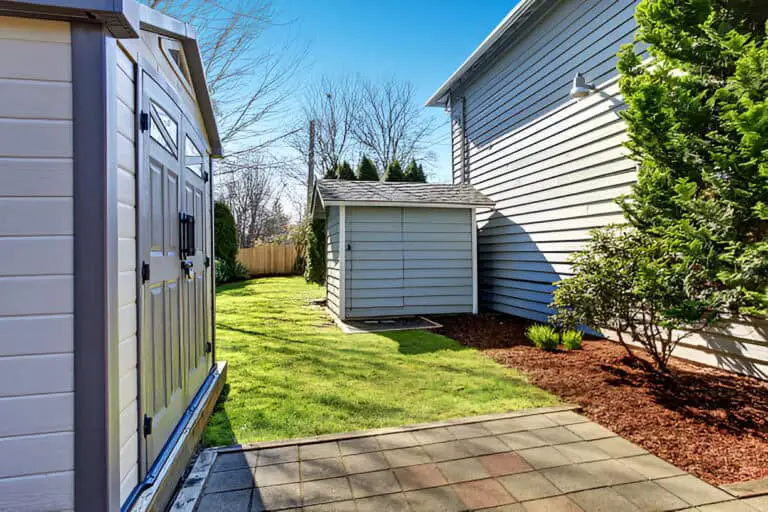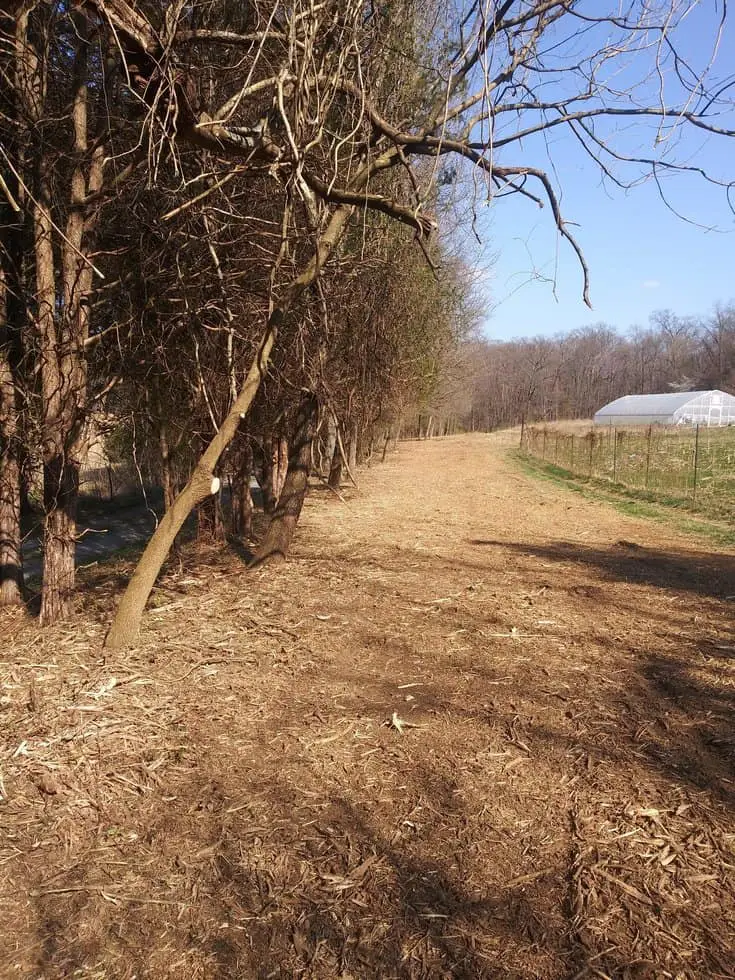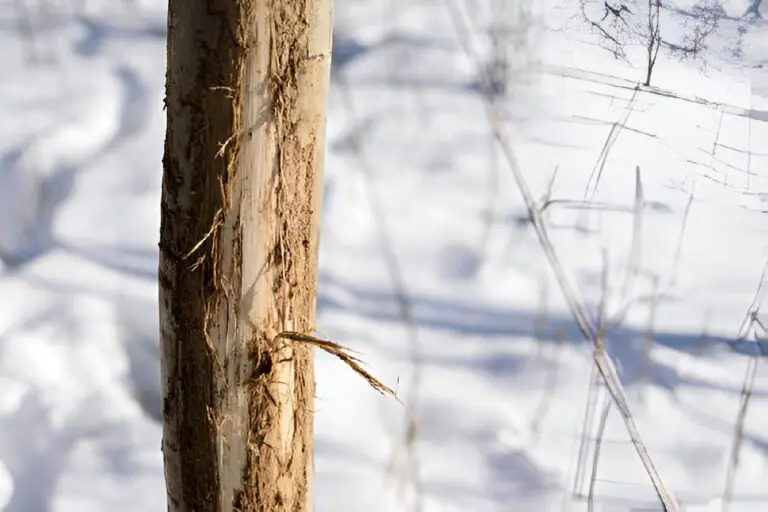Why Letting Your Lawn Go to Seed Is a Big Mistake (And What to Do Instead)
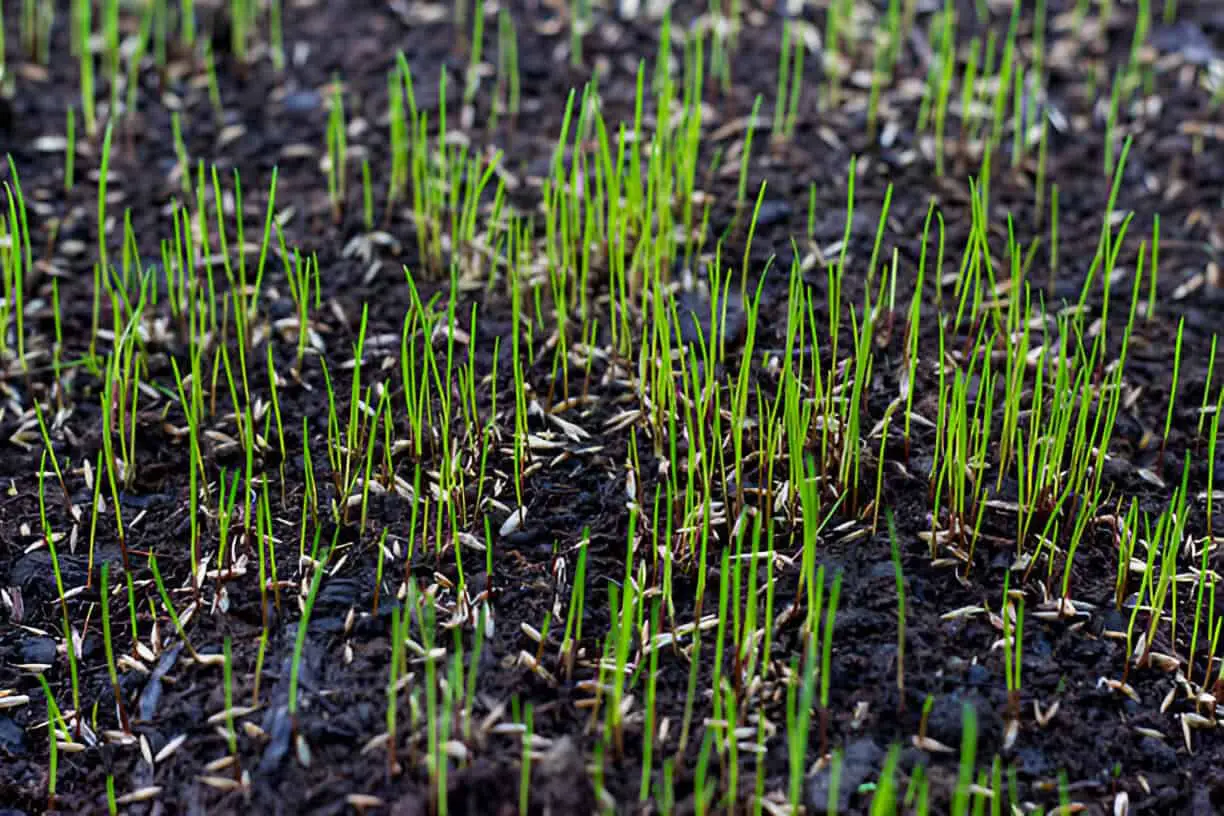
I’ve been guilty of it—letting my lawn go wild, thinking that nature knows best and that grass seeds would just fill in those frustrating bare patches. I mean, what harm could it do? Grass is a plant, right?
Like any other plant, it grows, spreads its seeds, and fills the gaps. Simple! Or so I thought. But as it turns out, letting your lawn go to seed isn’t the magic solution we might hope for. In fact, it’s one of those gardening blunders that can quietly wreak havoc on your yard.
So let me walk you through what I’ve learned the hard way—why you really shouldn’t let your lawn go to seed, and what’s at stake if you do.
The False Promise of Bare Patches: Why Grass Seeds Aren’t the Solution
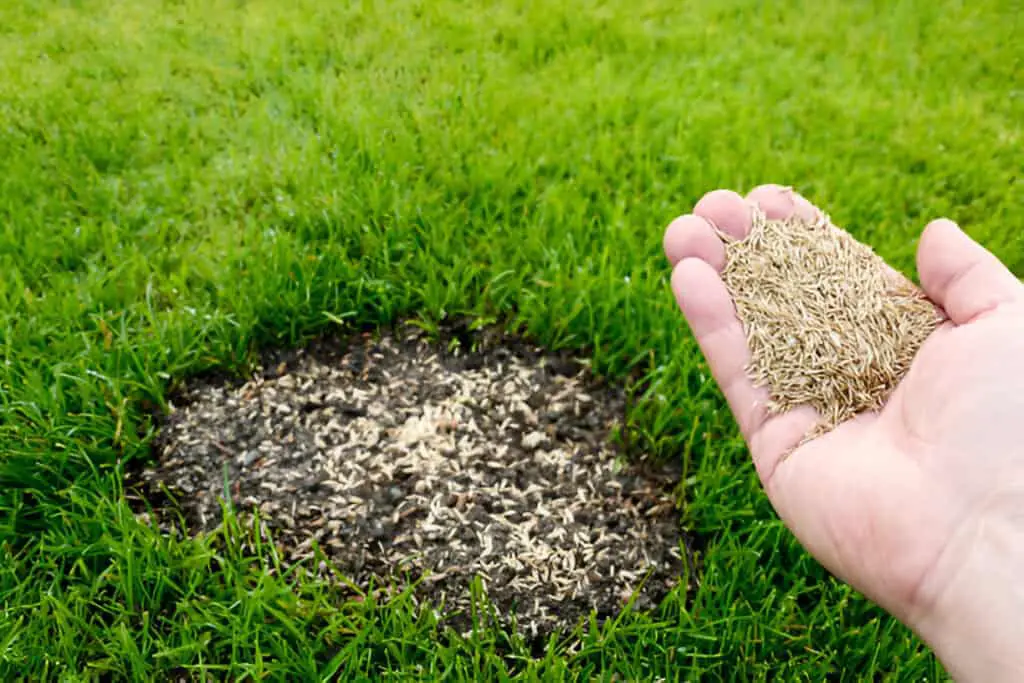
Picture this: you’ve got a few sad, bare patches on your lawn, and you’re hoping they’ll fill in on their own if you just leave things be. After all, when grass goes to seed, shouldn’t it solve the problem naturally?
Well, not exactly.
Letting your lawn “go to seed” means allowing the grass to grow long enough to produce seeds. These seeds then drop and should, in theory, sprout into fresh grass. But the reality is a bit more complicated.
If you let your lawn grow wild for too long, you’re actually inviting a series of problems. Grass might be trying to do its thing, but it’s not the only thing taking root in that unkempt space.
| Read: Which One is Better: Topsoil or Compost for Lawn Grass Seed |
The Weed Takeover: Unmowed Lawns and Invasive Plants
Let’s be honest—nothing screams “uninvited guests” quite like weeds, right? When you let your grass go to seed, you also hit the pause button on mowing. And here’s where the trouble starts.
Mowing isn’t just about keeping your grass short and neat. It’s like a lawn detox, removing weeds before they can settle in and get cozy. When you skip regular mowing to let the grass go to seed, you essentially roll out the red carpet for weeds. I’ve seen it happen firsthand—where I thought I was growing grass, dandelions and crabgrass took over like unwanted party crashers.
In the spring and summer, weeds grow at lightning speed. While you wait for your grass to work up the energy to produce seeds (which can take weeks), weeds jump at the opportunity, quickly establishing a foothold in your lawn.
Pro Tip: Mow your lawn at least once a week during the growing season. This keeps those pesky weeds at bay and ensures your grass remains lush and thick.
Thinning Grass: When Going to Seed Backfires
Here’s a little secret that took me by surprise: producing seeds takes a ton of energy for grass. If you’ve ever wondered why your lawn looks patchy and thin after letting it go to seed, this is why. Instead of channeling nutrients into new growth and filling in those bare spots, your grass shifts all its focus to seed production.
Think of it like this: if grass had a “to-do” list, making seeds would be at the top, leaving things like “grow thicker” and “fill gaps” to fall off the list entirely. By the time the seeds drop, the grass has already exhausted its nutrient reserves. What’s worse, it doesn’t even fix the bare patches like you’d expect. You’re left with a thin, tired lawn and—surprise!—even more bare patches than before.
Ineffective Seeding: The Problem with Hybrid Lawns
Another plot twist I didn’t see coming: not all grass seeds are created equal. In residential lawns, the grass isn’t always your run-of-the-mill native variety. Many of us have hybrid lawn grasses, bred to be resilient and lush, but with a little catch—they don’t always produce seeds that germinate.
That’s right. While native grasses will naturally sprout new blades when they go to seed, many popular residential varieties are sterile hybrids. Sure, they produce seeds, but those seeds don’t grow into new grass. So, you might think your lawn is doing its thing, dropping seeds left and right, only to find that nothing actually comes of it. You’ll wait for those bare patches to fill, but spoiler alert—they won’t.
Table: Common Hybrid Grass Varieties and Their Seeding Effectiveness
| Grass Type | Seeding Ability | Recommended Approach |
| Kentucky Bluegrass | Low germination rate | Overseed manually |
| Bermuda Grass (Hybrid) | Sterile, no germination | Reseed regularly |
| Fescue | Moderate seeding success | Overseed for best results |
| St. Augustine Grass | Rarely goes to seed | Use plugs or sod |
As you can see, certain grasses need a little extra help. If you’re serious about filling in those gaps, consider overseeding with fresh, high-quality seed instead of letting your lawn go to seed naturally.
Pest Problems: Unwanted Guests in Your Lawn
One unexpected problem I noticed after letting my lawn go to seed was the sudden influx of insects. Grass seeds may not help fill in those patches, but they sure do provide a feast for pests. Many insects love nothing more than munching on those tiny seeds, and before you know it, your lawn becomes a buffet.
The irony is that these seeds, which don’t even germinate into new grass, only make the problem worse. They lie scattered across the lawn, attracting bugs like ants, beetles, and more. And where pests gather, damage follows. Before you know it, you’re not only dealing with bare patches but also an insect invasion.
If you’ve ever found yourself wondering why there are so many bugs in your yard, letting your lawn go to seed might be the culprit.
| Also read: Do You Soak Grass Seeds before Planting? |
A Better Approach: Keep Your Lawn Thriving Without Seeding
Now, you might be wondering, “If I shouldn’t let my lawn go to seed, what’s the alternative?” Don’t worry—there’s hope! Here’s a breakdown of practical steps you can take to keep your lawn lush and healthy without relying on seeding:
- Regular Mowing: Set your mower blades high and trim regularly. This keeps weeds at bay and encourages grass to grow thick and strong.
- Fertilization: Feed your lawn the right nutrients. A good fertilizer provides essential elements that help grass spread and fill in gaps naturally.
- Overseeding: If your lawn is looking sparse, overseed it with fresh grass seed. Choose a high-quality, germinating seed that’s compatible with your grass type.
- Watering Smart: Water deeply but less frequently to encourage deep root growth. A healthy lawn with deep roots can better resist pests, weeds, and thinning.
- Aeration: Aerating your lawn once a year can help improve soil health, allowing water and nutrients to penetrate deep into the ground where the roots can access them.
Final Thoughts: Keep the Seed in the Bag
The bottom line? Letting your lawn go to seed isn’t the quick fix it seems. Sure, it sounds like nature’s way of self-repair, but in reality, it invites weeds, thins your grass, attracts pests, and often yields nothing but frustration. Instead, take charge of your lawn care routine—mow regularly, fertilize, overseed when needed, and water wisely.
Believe me, once you make these small changes, you’ll be the proud owner of a thick, green lawn, with no bare patches in sight.

